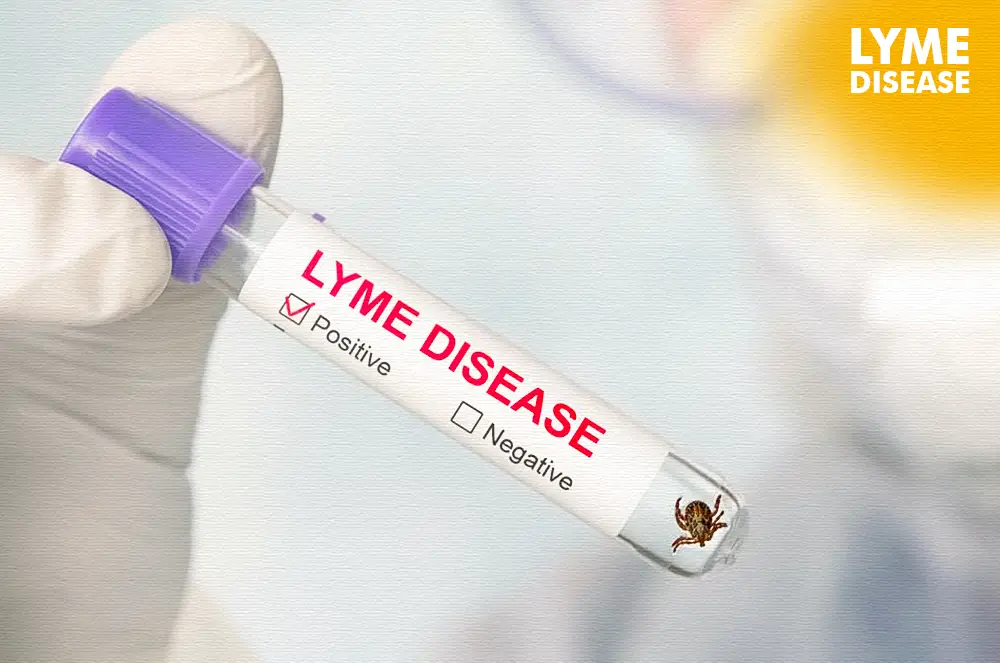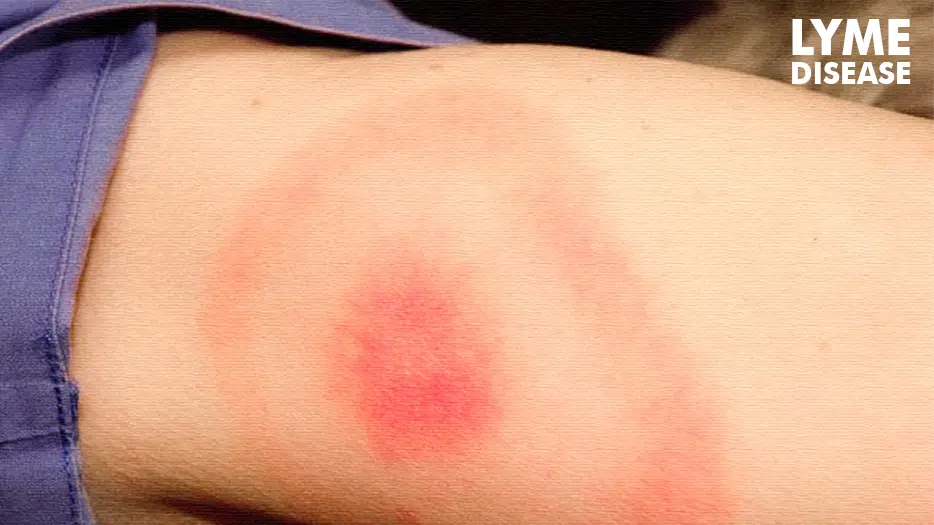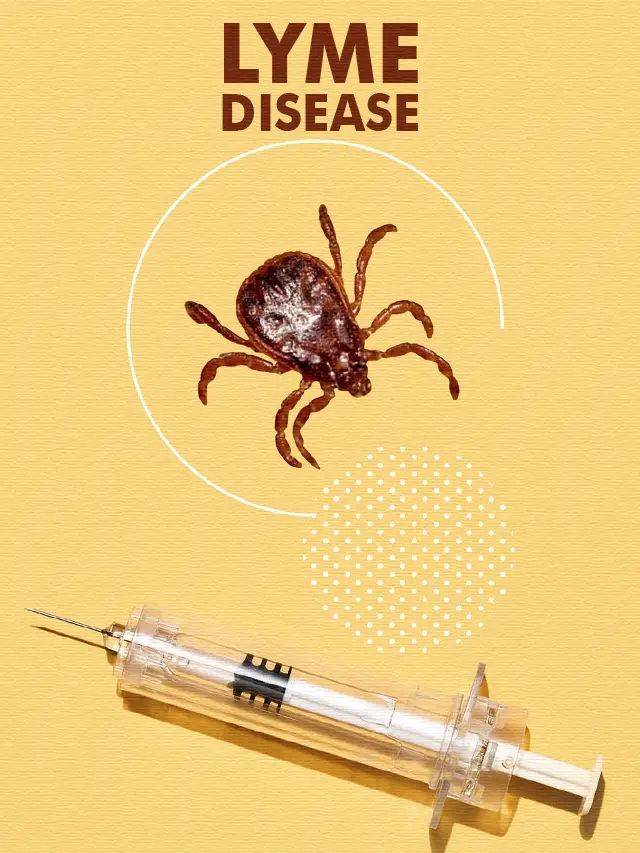
HEALTH BLOG
Lyme Disease Vaccine: Unlocking Protection on the Journey to Prevention
-
Rahul Priydarss

T
The search for a Lyme Disease Vaccine has gained momentum in recent years, offering a potential game-changer in the battle against this debilitating condition.
Table of Contents
Introduction to Lyme Disease Vaccine:
Lyme disease, an infectious illness transmitted through tick bites, has been a growing concern in the United States. The search for a Lyme Disease Vaccine has gained momentum in recent years, offering a potential game-changer in the battle against this debilitating condition. In this article, we delve into the intricate details of Lyme disease, the urgency for a vaccine, and the remarkable progress made in vaccine development.
What is Lyme Disease:
– Lyme disease is caused by the bacterium Borrelia burgdorferi, primarily transmitted through the bite of infected black-legged ticks, commonly known as deer ticks. The disease manifests in various stages, with early symptoms including fever, fatigue, headache, and the distinctive bull’s-eye rash. If left untreated, Lyme disease can progress to severe complications affecting the joints, heart, and nervous system.
– Lyme Disease is the most common vector-borne complaint in the United States. Lyme Disease is caused by the bacterium Borrelia burgdorferi and infrequently, Borrelia mayonii.
Causes:
- Caused by the bacterium Borrelia burgdorferi.
- Transmitted primarily through the bite of infected black-legged ticks, commonly known as deer ticks.
Symptoms:
- Early symptoms include fever, fatigue, headache, and a characteristic bull’s-eye rash.
- If untreated, the disease can progress to severe complications affecting the joints, heart, and nervous system.
Treatment:
– Early diagnosis and proper medication for Lyme disease are important so that can help prevent Lyme disease. The treatment regimens reflect the CDC’s interpretation of the most current data for four important Lyme diseases.
- Erythema migrans
- Neurologic Lyme disease
- Lyme carditis
- Lyme arthritis
– Many patients report persistent symptoms of pain, fatigue, or difficulty thinking even after treatment for Lyme disease. The state of the science relating to persistent symptoms associated with Lyme disease is limited, emerging, and unsettled.
Need for a Lyme Disease Vaccine:
With the incidence of Lyme disease on the rise, the need for an effective preventive measure has never been more critical. Traditional prevention methods, such as avoiding tick-prone areas and using insect repellents, have limitations. A Lyme Disease Vaccine would offer a proactive defence, empowering individuals to safeguard their health and well-being.

Current Prevention Strategies:
While researchers work towards a vaccine, it’s essential to understand and implement existing prevention strategies. These include wearing protective clothing, using insect repellents with DEET, conducting regular tick checks, and avoiding tall grass and wooded areas where ticks thrive. Education and awareness are key components in reducing the risk of Lyme disease.
Progress in Lyme Disease Vaccine Development:
Numerous pharmaceutical companies and research institutions are actively involved in the quest for a Lyme disease vaccine. The frontrunner in this race is currently undergoing advanced clinical trials, demonstrating promising results in stimulating the immune system to recognize and combat the Lyme disease bacterium effectively.
Clinical Trials and Testing:
The development and approval of a vaccine involve meticulous clinical trials to ensure safety and efficacy. These trials, conducted in multiple phases, evaluate the vaccine’s ability to generate an immune response without causing adverse effects. While progress is encouraging, the timeline for regulatory approval must align with stringent safety standards.
Challenges in Vaccine Development:
Developing a Lyme disease vaccine poses unique challenges, including the variability of the bacterium and the need for long-term efficacy. Ticks carry multiple strains of Borrelia burgdorferi, making it crucial for the vaccine to provide broad protection. Additionally, ensuring the vaccine’s effectiveness over time is vital for its success in preventing Lyme disease.
Community Engagement and Education:
In the interim, community engagement and education play a pivotal role. Informing the public about the risks of Lyme disease, promoting preventive measures, and encouraging regular check-ups are essential components of a comprehensive strategy. Healthcare professionals and local communities must collaborate to create a united front against Lyme disease.
Frequently Asked Questions (FAQs):
A1: Lyme disease is an infectious illness transmitted through tick bites, caused by the bacterium Borrelia burgdorferi. A vaccine is essential as it provides a proactive defence, offering an effective preventive measure against the rising incidence of Lyme disease.
A2: Current prevention methods, such as avoiding tick-prone areas and using repellents, have limitations. A Lyme Disease Vaccine is crucial as it adds an extra layer of defence, empowering individuals to proactively protect themselves against the complexities of Lyme disease transmission.
A3: Multiple pharmaceutical companies and research institutions are actively engaged in Lyme disease vaccine development. A frontrunner is undergoing advanced clinical trials, showing promising results in stimulating the immune system to recognize and combat the Lyme disease bacterium effectively.
A4: Vaccine development faces challenges such as the variability of the bacterium and the need for long-term efficacy. In the meantime, community engagement and education are crucial. Informing the public about the risks, promoting preventive measures, and encouraging regular check-ups create a united front against Lyme disease.

-Remember, Always consult with healthcare professionals or Doctors for personalised advice related to medical conditions.
Conclusion:
The journey towards a Lyme disease vaccine is marked by significant strides and promising developments. While the finish line is not yet in sight, the collective efforts of researchers, healthcare professionals, and the public offer hope for a future where Lyme disease vaccine. Until then, a proactive approach to prevention, education, and community engagement remains the cornerstone of mitigating the impact of Lyme disease on individuals and communities alike.




